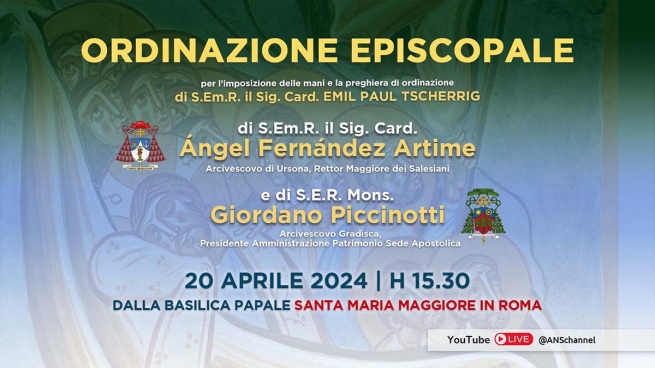Homily for the
Memorial of
St. Catherine of
Siena
April 29, 2024
Collect
Salesian HS, New
Rochelle
If I asked you who are the greatest saints of
the Middle Ages, I hope you wouldn’t ask me when were the Middle Ages. Perhaps you might suggest St. Francis of
Assisi and today’s saint, Catherine of Siena.
Monument to St. Catherine, Rome
St. Catherine was born in 1347 and died in
1380—a very short life by our reckoning.
But she lived fully and accomplished much. The prayer for her memorial notes 2
qualities: “her contemplation of the Lord’s
Passion and her service of [God’s] Church.”
Catherine gave herself entirely to God from
her earliest years and had an intense prayer life. Like many people in her time, she focused
particularly on Christ’s passion. He let
her know that prayer wasn’t enuf: she
also had to put her love for him into action.
Catherine began by caring for the sick and
the poor in her city. But observing the
sad state of the Church and of public life, she became active in public
affairs. The Popes had been living in France
for 70 years. Italy was torn by wars
between the city-states. Many bishops
and priests were corrupt, caring more for wealth and comfort than for their
flocks, and some led sinful lives. While
always respectful of the Church and its leaders, Catherine and her followers
undertook campaigns to mediate wars and to reform the Church. She wrote hundreds of letters and traveled to
meet the Pope and other leaders in person.
Solidly grounded in Jesus Christ our Savior, she was able to achieve
partial success in her efforts and left us a body of writings that caused Pope
Paul VI to declare her a doctor of the Church and Pope John Paul to name her a
patron saint of Europe.
When our lives are similarly grounded on
Christ thru prayer, the sacraments, and the Scriptures, our union with Christ
will enable us, too, to bring his love to our brothers and sisters in practical
charity, respect for everyone, honest living, and the use of our abilities and
opportunities to serve the common good of our country and God’s Church.























